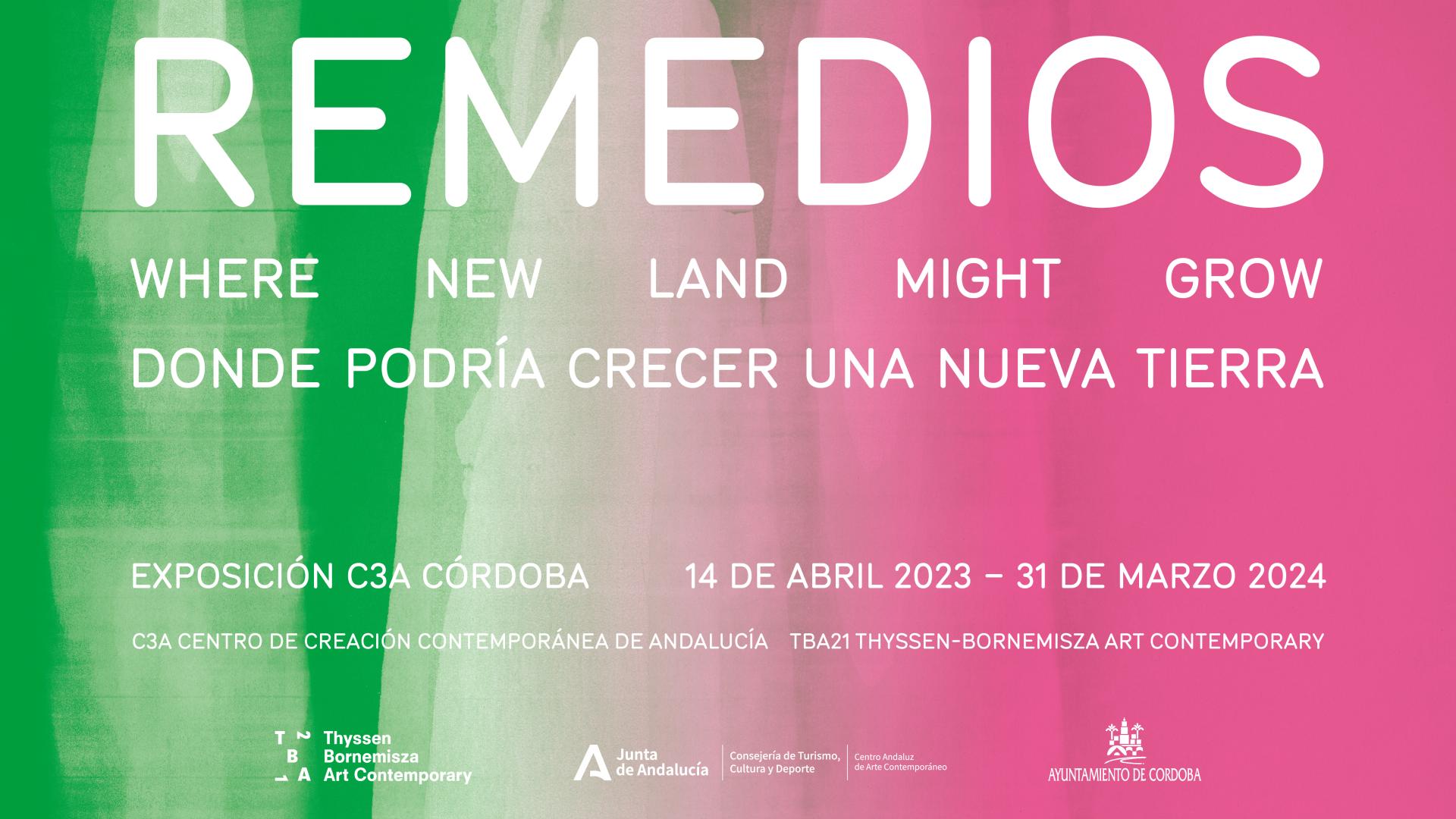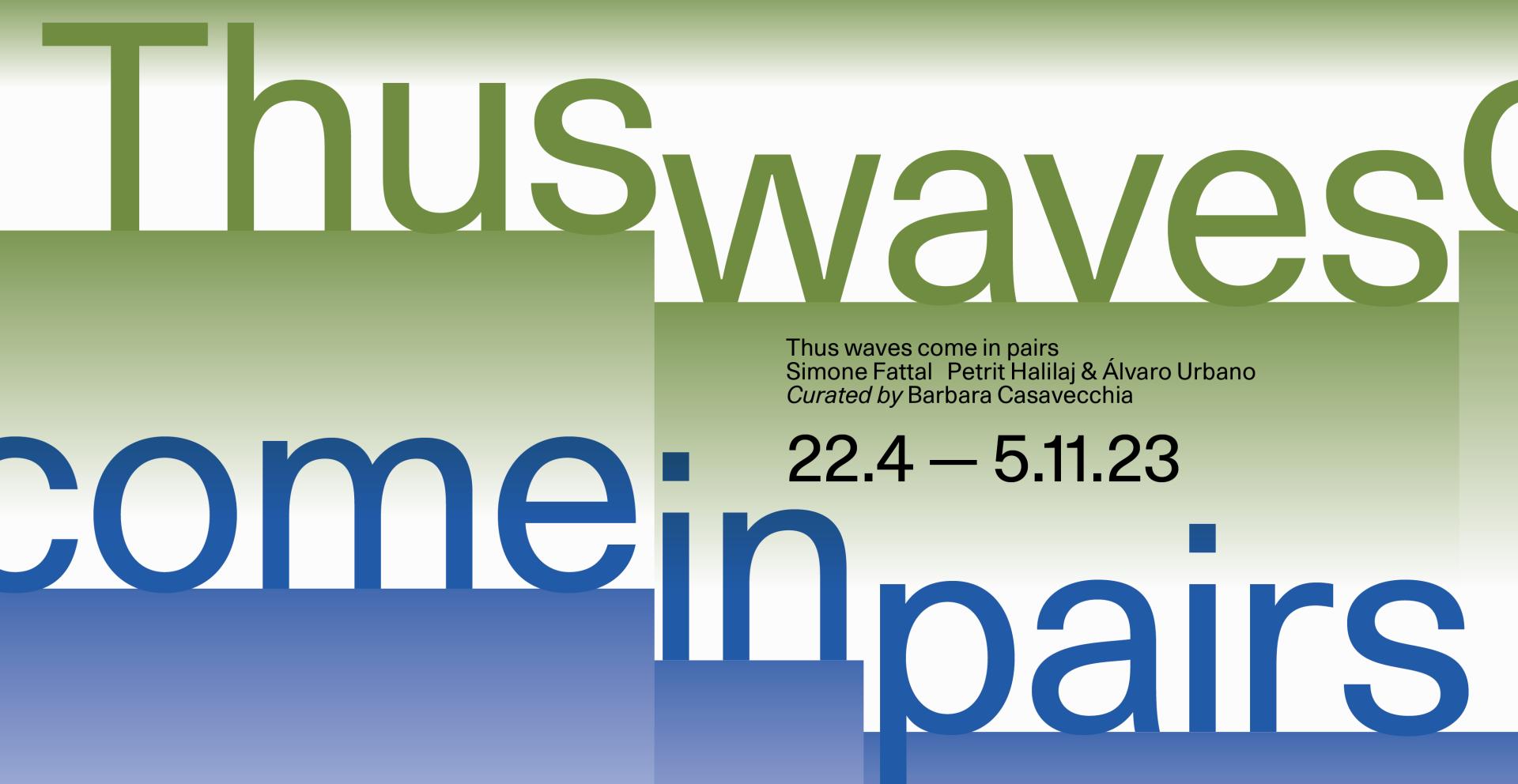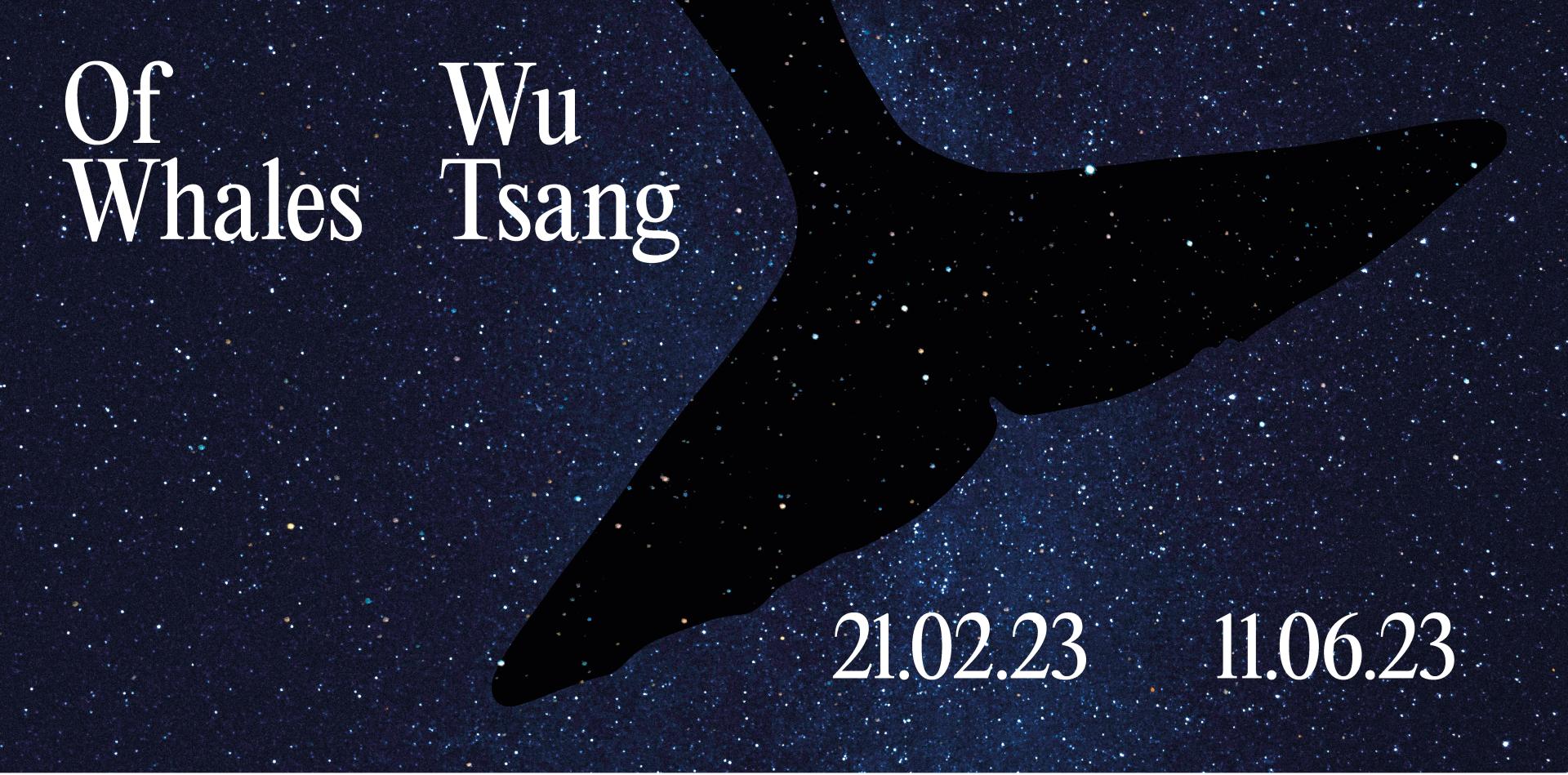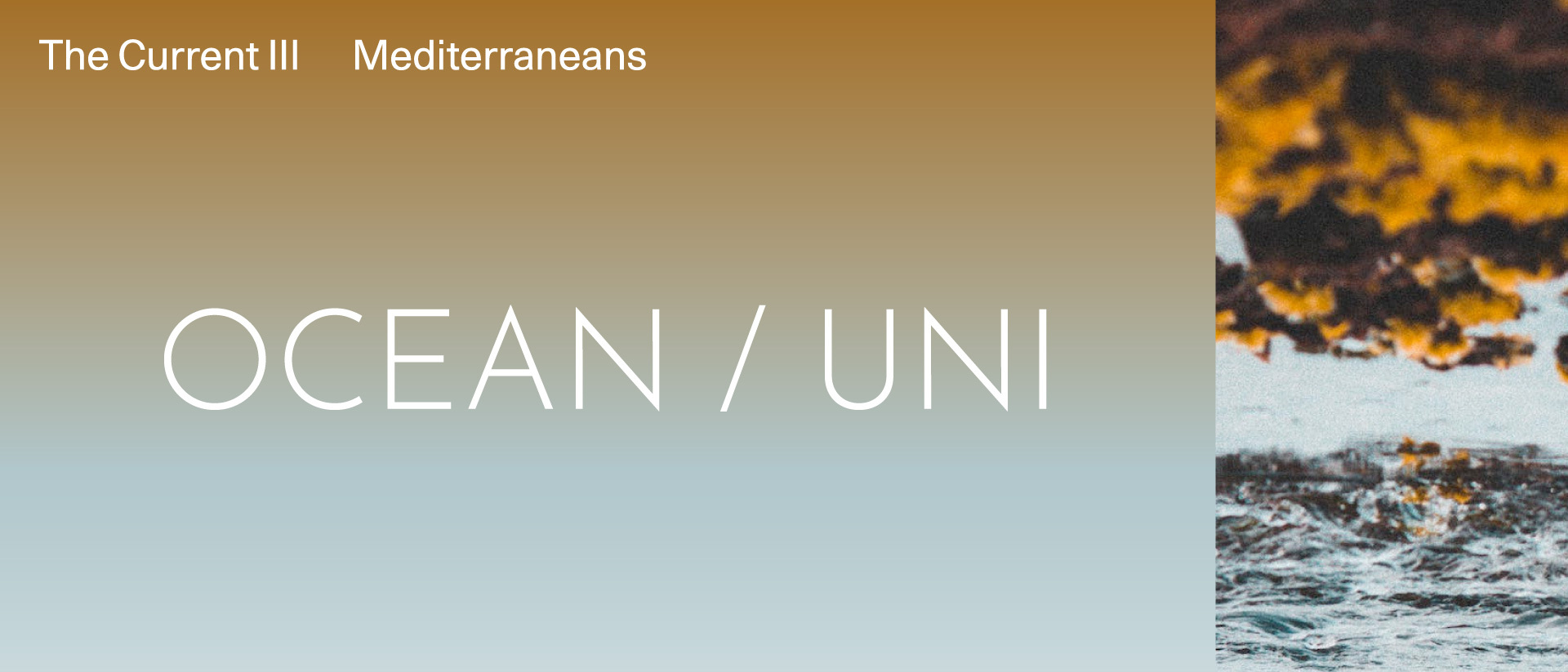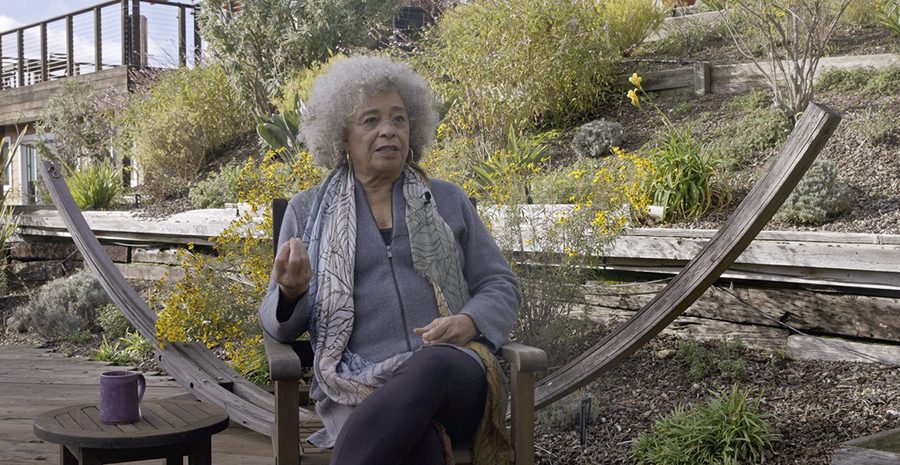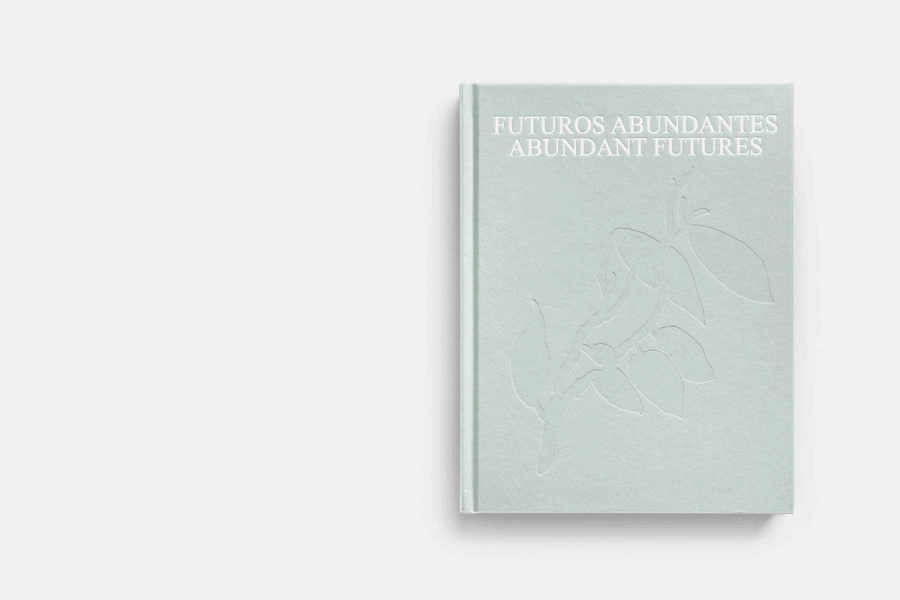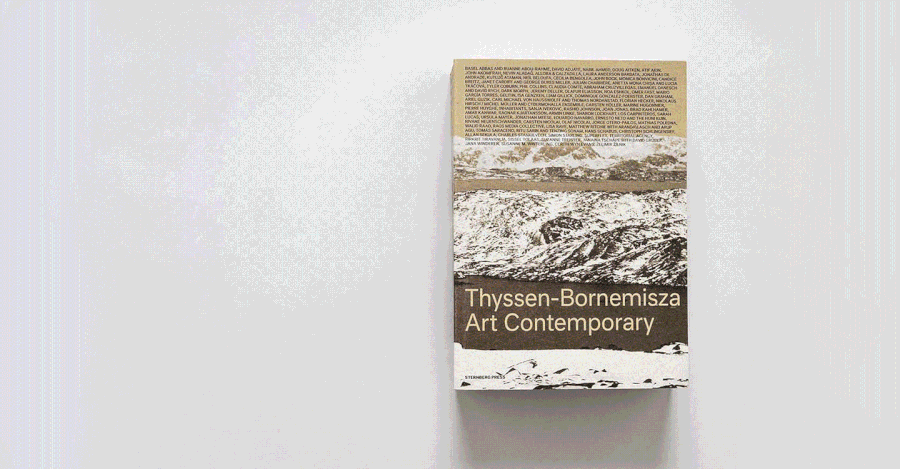Stanze di Raffaello II (Rome), 1990
Thomas Struth

Photo: The artist | Courtesy Galerie Max Hetzler, Berlin, 2008
Collection
C-print
171 x 217 cm (unframed)
174.5 x 220.5 x 4.8 cm (framed)
The tourists who stream in and around Stanze di Raffaello II are in constant motion: many of the faces are blurred, whereas the figures in Raphael's frescoes are crystal clear. The visitors remain unidentifiable, particularly as they are seen almost exclusively from behind - a common point of view ever since the advent of Caspar David Friedrich's Wanderer above the Sea of Fog (1818). The museum series, which was begun in the 1980s, offers a lively togetherness of a bigger or smaller collective in a public (art) space, embodying a self-reflexive attitude towards the act of looking with all its social and historical implications. Exploring the relationship between (exclusively historical) painting and photography, the series could be read as critical commentary on the invasion of cultural institutions by mass tourism and the entertainment industry. But these images are more about the complexities of vision, drawing a complex net of overlapping gazes: those of the photographer, the visitors to the museum, the canonical art works on the wall - and all of us viewing the work. "But all the photos in the world constitute, as Roland Barthes once said, a labyrinth, and the museum photographs' are the best corroboration of this," Hans Belting states. "We fully grasp them only when we perceive the labyrinth in which our gaze gets lost." We see what others have seen, and we see viewers trying to share the visions of others, distant in many ways - spatially, temporally, and culturally. In exploring the activity of viewing, Struth invites us as spectators to become aware of our own role as viewers.
171 x 217 cm (unframed)
174.5 x 220.5 x 4.8 cm (framed)
The tourists who stream in and around Stanze di Raffaello II are in constant motion: many of the faces are blurred, whereas the figures in Raphael's frescoes are crystal clear. The visitors remain unidentifiable, particularly as they are seen almost exclusively from behind - a common point of view ever since the advent of Caspar David Friedrich's Wanderer above the Sea of Fog (1818). The museum series, which was begun in the 1980s, offers a lively togetherness of a bigger or smaller collective in a public (art) space, embodying a self-reflexive attitude towards the act of looking with all its social and historical implications. Exploring the relationship between (exclusively historical) painting and photography, the series could be read as critical commentary on the invasion of cultural institutions by mass tourism and the entertainment industry. But these images are more about the complexities of vision, drawing a complex net of overlapping gazes: those of the photographer, the visitors to the museum, the canonical art works on the wall - and all of us viewing the work. "But all the photos in the world constitute, as Roland Barthes once said, a labyrinth, and the museum photographs' are the best corroboration of this," Hans Belting states. "We fully grasp them only when we perceive the labyrinth in which our gaze gets lost." We see what others have seen, and we see viewers trying to share the visions of others, distant in many ways - spatially, temporally, and culturally. In exploring the activity of viewing, Struth invites us as spectators to become aware of our own role as viewers.
Thomas Struth (born 1954) is a German photographer who is best known for his Museum Photographs, family portraits and 1970s black and white photographs of the streets of Düsseldorf and New York. Struth lives and works in Berlin and New York.
This biography is from Wikipedia under an Attribution-ShareAlike Creative Commons License.
This biography is from Wikipedia under an Attribution-ShareAlike Creative Commons License.



